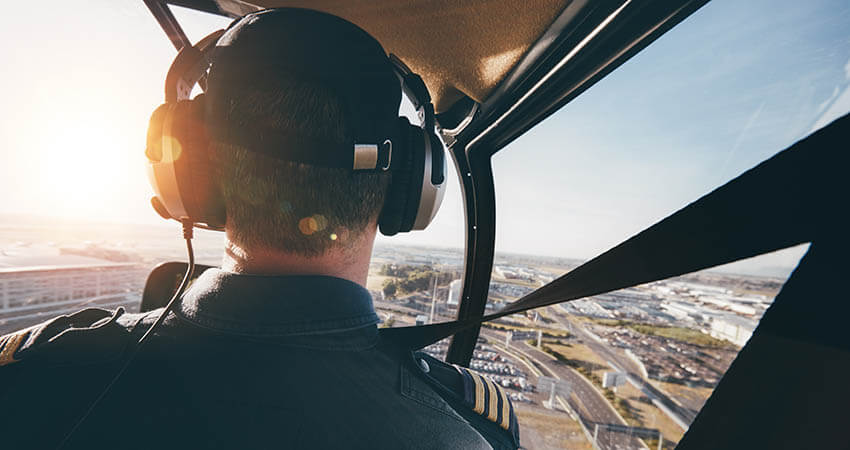Back to the Basics with the FAA
The FAA has issued a series on going “Back to Basics” of aviation. One of the articles in the series features How to Talk like a Pilot. In order to avoid frustration and what could turn into a potentially dangerous situation, let’s learn some tips on aviation communication and phrases to avoid.
“Ah… Ummm”
It is important that radio communications be as precise as possible. A brief message that everyone understands is important for the safety of anyone in the air. An easy solution is to write down all ATIS information as you receive it. By writing down the information, you don’t run the risk of forgetting part of the instructions and asking the operator to repeat. This also helps when reading back the information. With your notes, you can abbreviate appropriate areas and avoid filler such as “ahs and ums.”
“Taking the Active”
Don’t get lazy and only announce partial information or read back partial ATC clearance. It is necessary to acknowledge all information including taxing and particular runways you will take. At non-towered airfields, don’t simply say “taking the active” when taxiing onto a runway. Non-towered airfields don’t have an “active” runway, therefore, making this announcement is a moot point. Instead, transmit the exact runway so all in the area know which runway you are or will be using.

“Any Traffic in the Area, Please Advise”
Have you ever said the above phrase before? It’s probably best to avoid general statements like this, because initiating every pilot to react only causes a jumbled, incoherent mess on the frequency. This technique also assumes everyone in the area is talking on the radio. This assumption can eliminate scanning for traffic, which could result in some serious issues.
In conclusion, it is important to be brief, yet accurate while using radio communications in the air. It is also important to use understandable phrases and be as specific as possible. Remember, the frequency is typically a party line with only one person allowed to talk at one time. Recognizing this shared frequency and keeping messages brief can decrease the risk of any unwelcome surprises in the air and during ground operations.
In all cases, be professional at all times when transmitting on the radio. Use proper phraseology and avoid personal shorthand or other habitualized colloquialisms.
Interested in learning more about pilot speak? View the article here or see the whole Back to Basics series in the FAA Safety Briefing.
RELATED READING
RELATED CTS TRAINING









